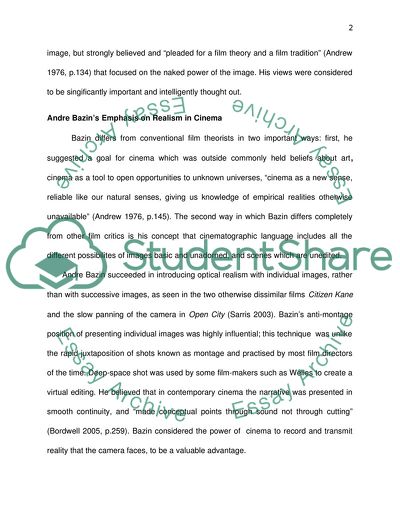Cite this document
(Andre Bazins Theorisation of Cinematic Realism Research Paper, n.d.)
Andre Bazins Theorisation of Cinematic Realism Research Paper. Retrieved from https://studentshare.org/visual-arts-film-studies/1730150-film-and-critical-theory-2
Andre Bazins Theorisation of Cinematic Realism Research Paper. Retrieved from https://studentshare.org/visual-arts-film-studies/1730150-film-and-critical-theory-2
(Andre Bazins Theorisation of Cinematic Realism Research Paper)
Andre Bazins Theorisation of Cinematic Realism Research Paper. https://studentshare.org/visual-arts-film-studies/1730150-film-and-critical-theory-2.
Andre Bazins Theorisation of Cinematic Realism Research Paper. https://studentshare.org/visual-arts-film-studies/1730150-film-and-critical-theory-2.
“Andre Bazins Theorisation of Cinematic Realism Research Paper”. https://studentshare.org/visual-arts-film-studies/1730150-film-and-critical-theory-2.


